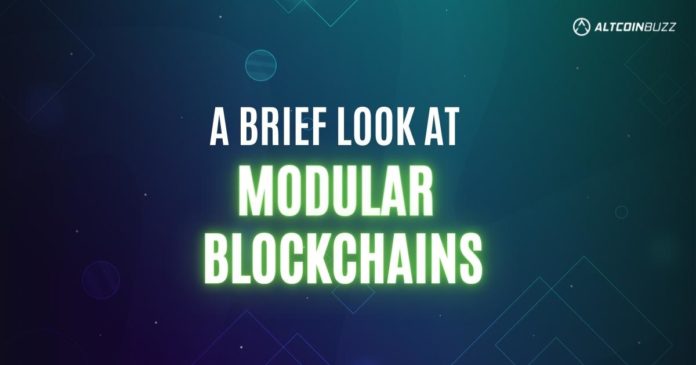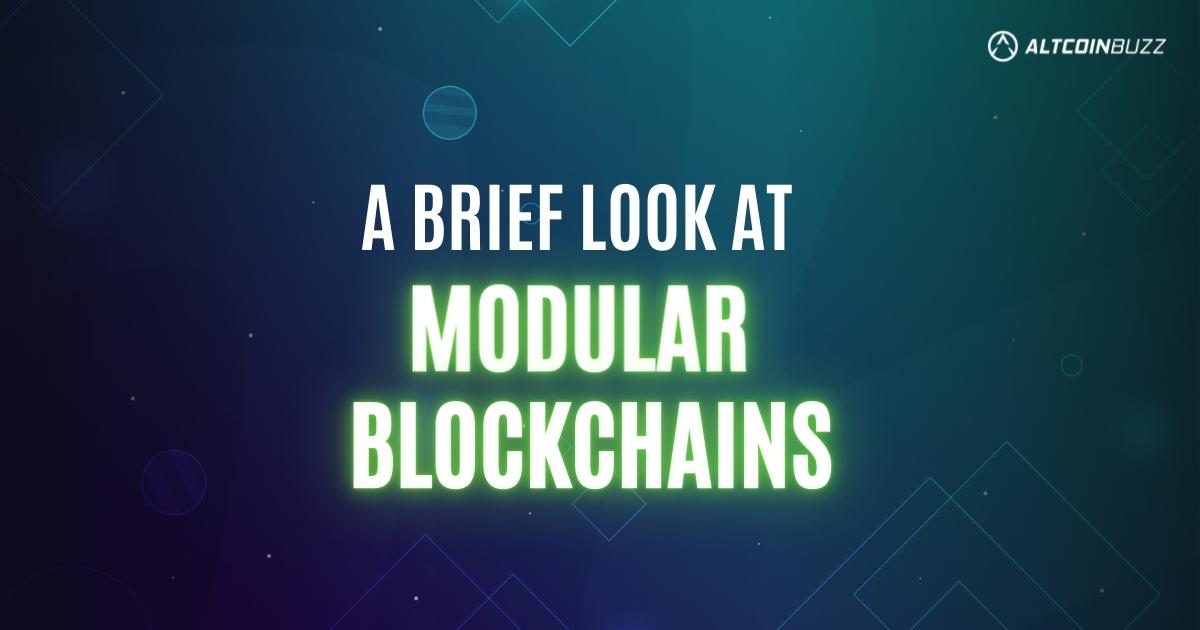
The concept of modular blockchain is becoming a new narrative for network scalability and blockchain infrastructure.
The next evolution of blockchain allows for a principled separation of concerns design for throughput scaling. This can be done while ensuring that the network is trustless and decentralized. Modular blockchains can break the link between computational and verification costs.
Earlier this month, Volt Capital conducted an in-depth analysis of modular blockchains. An in-depth analysis of these is beyond the scope of this article, so let’s cover the basics.
1/ Blockchain modularity: Early days, but in-depth analysis of mental models, current architecture, market environment, and resources to better understand the narrative that defines the category: https://t.co/8yv1oJgYxa pic.twitter.com/PRJMvtU4sD
— Suna (@soona) July 7, 2022
Evolution of blockchain
Researchers noted that key components of layer 1 blockchains can be fragmented. Additionally, individual layers are significantly improved as a result. A more scalable, composable, and distributed system is the end goal.
Blockchain has a scalability trilemma. This means that compromises on decentralization, security, or scalability can provide powerful properties to the other two. It is very difficult to achieve all three without compromising on one of them.
Fault proofs can be used to solve decentralized block verification. Splitting blockchain nodes into full nodes and light clients is also an option. These light clients can then rely on error proofs generated by full nodes to verify transactions.
Additionally, light clients must assume that transactions are valid without downloading the entire block. This is achieved through optimistic rollup. This can also be achieved through a mathematically basic method called erasure coding.
Erasure coding can perform data availability sampling, allowing light clients to check data without downloading blocks.
Validity proofs and zero-knowledge rollups can also achieve decentralized block verification. This is done by removing some transaction data for state transitions.
However, there was some backlash due to security concerns. The researchers noted that fragmented payment and data availability hierarchies also raise additional trust issues.
application chain
Blockchain is evolving in a similar way to web infrastructure. Data has moved from centralized server storage to distributed cloud storage. “The decentralized web is evolving from monolithic blockchains and siled consensus layers to modular, application-specific chains with shared consensus layers,” the researchers said.
Avalanche and Polygon are two networks that already use application-specific chains, or app chains. These are called subnets and supernets and were reviewed by Altcoin Buzz earlier this week.
⬆️Furthermore, to check out more cryptocurrency news: Altcoin Buzz YouTube channel.
⬆️Above all, if you want to find the most undervalued gems, latest research, and buy NFTs with Altcoin Buzz Access. Join now for $99 per month.

